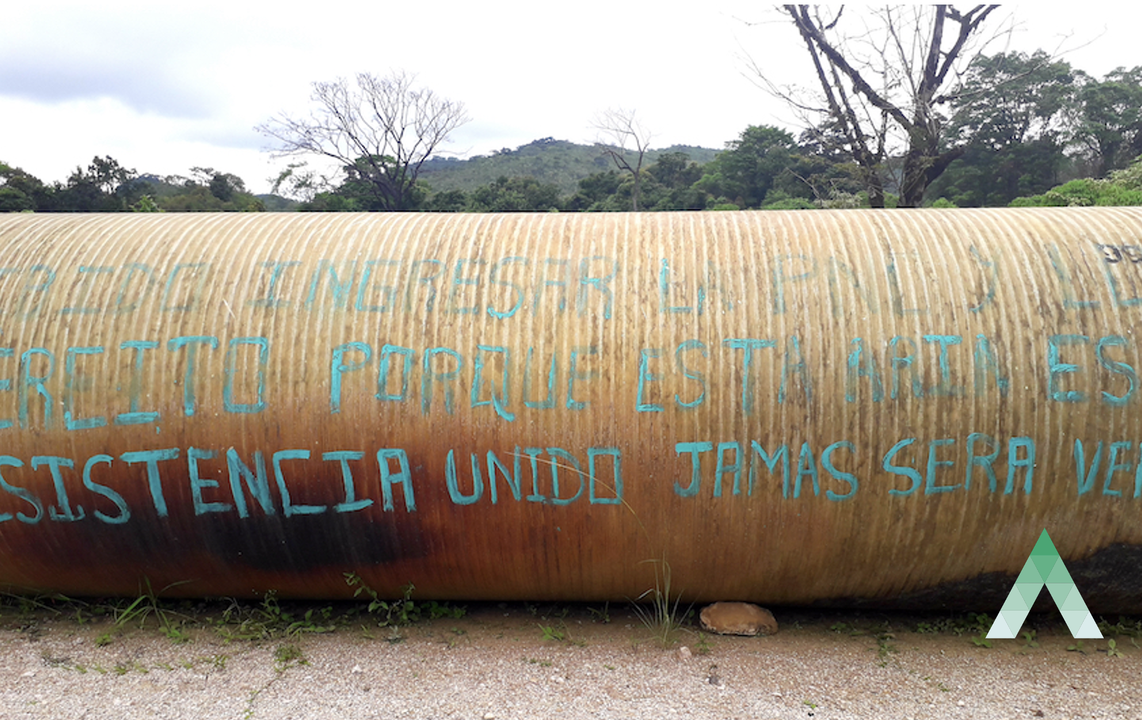How has Social Performance Changed for Companies over the Years?
Elizabeth is focused on helping businesses on social and human rights impact and risk management, sustainability reporting, and how they can support a just and fair global energy transition. Her background includes managing social and human rights impacts in the international oil, gas, and mining sectors, leading bp's social responsibility and human rights team until 2018. Elizabeth chaired IPIECA's social working group, where she contributed to industry-wide sustainability and human rights guidelines. She holds multiple degrees and a CISL qualification.
The Past
Those with a long career in managing social performance in businesses remember that ‘CSR’ used to mean largely optional activities: building schools and clinics, sponsoring local events, charitable donations.
When it came to whole-business social performance, there were no guiding frameworks and businesses didn’t address their overall social and human rights impacts systematically. Labour standards in supply chains, impacts on communities, Indigenous Peoples’ concerns and the conduct of security personnel: these and numerous other social and human rights issues were not linked to core business risks… unless something went wrong. Among non-technical risks, social performance was the poor relation of health, safety and environment.
With little or no regulation and minimal pressure from investors, there were no requirements to report publicly on social performance. In a non-digital world, stakeholders often had very limited awareness of companies’ activities in other countries, where many of the social impacts were created.
The Present
Companies now know that core business activities create overall social performance: investment decisions, facility locations, supplier management, security practices; ethics and governance; assessing and managing impacts, and the need to respect workforces’ and communities’ rights. Social investment still plays a role, but it is now only one piece of the social performance puzzle. Why this change?
-
Burgeoning regulations and voluntary standards, increasing liabilities and litigation have focused businesses’ attention on social and human rights performance. They have to manage their potential impacts on communities, consumers and workforces (including in supply chains) more carefully.
-
Investors are being more demanding (under pressure from their own stakeholders and shareholders).
-
Public expectations of transparency on social performance are higher, with increasingly analytical benchmarking of whether company reports are including key issues.
-
NGOs and other business-watchers are more critical and professional.
-
Digital data and communications have massively expanded communities’ ability to talk about companies’ impacts, regardless of location.
-
The power of communities has grown: examples show that they can delay, hamper or even prevent company activities. In some case they are more protected by legislation.
The Future?
What is the future likely to bring to the field of social performance? We think that companies will be expected to do more: more due diligence, more careful management of social impacts, more transparent disclosure about their activities. That’s because multiple external trends are are at play:
-
Global and regional stresses can be an increasingly serious threat to business. The many interlinked sources of social risk include climate change, ecosystem services damage and water shortages, mass migration, civil conflict and political instabilities, the challenges of decarbonising our energy sources, and reliance on minerals from unstable or undemocratic countries.
-
Social risks will increasingly feature in investment choices. Companies have learned that delivering sound social performance is challenging in countries with poor governance, poverty and a recent history of conflict.
-
Reporting regulations will continue to increase, for example on managing climate change risks, the just energy transition and the management of social and human rights impacts. The pressure to declare management targets for high-profile risks will increase.
-
Previously side-lined groups will have more influence: human rights defenders, Indigenous Peoples, LGBTQI+ and environmental justice campaigners are examples.
-
Shareholders will increase scrutiny of companies’ strategies for managing social risks. Companies will need to show that they are protecting their investors’ money and reputation.
-
A ‘social net-positive’ outcome may become the expected norm: in due course, companies may be expected to deliver the social equivalent of environmental net- positive outcomes.
-
The proposed UN binding human rights instrument on transnational corporations and other business enterprises is progressing only slowly…. but companies should assume that it will eventually be agreed.
 By
By


